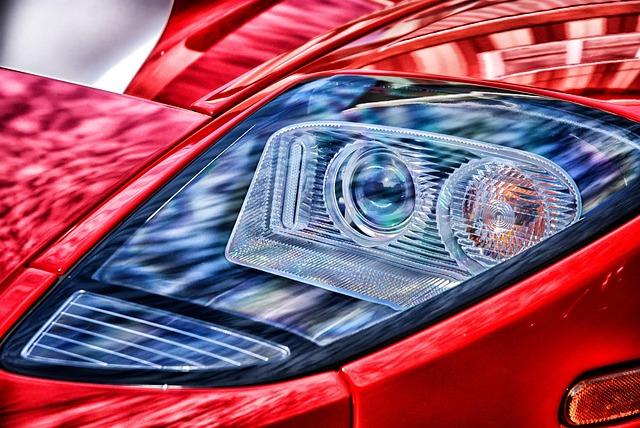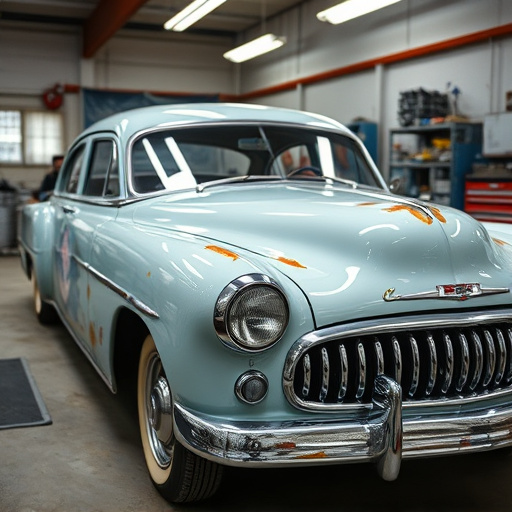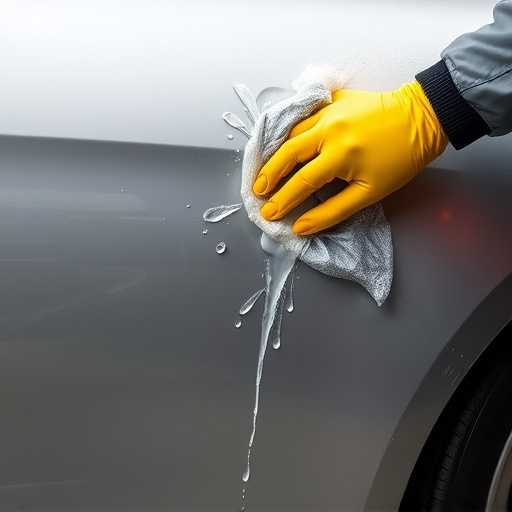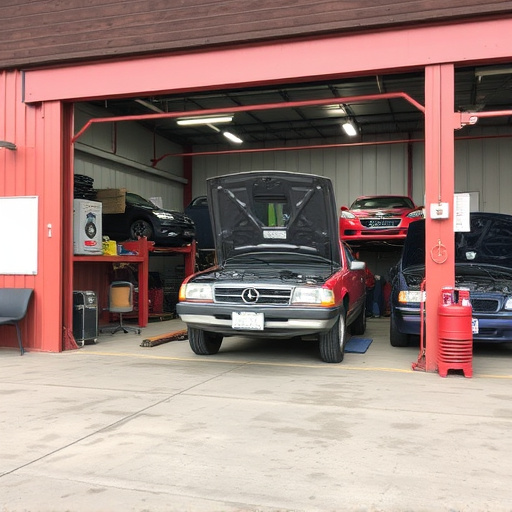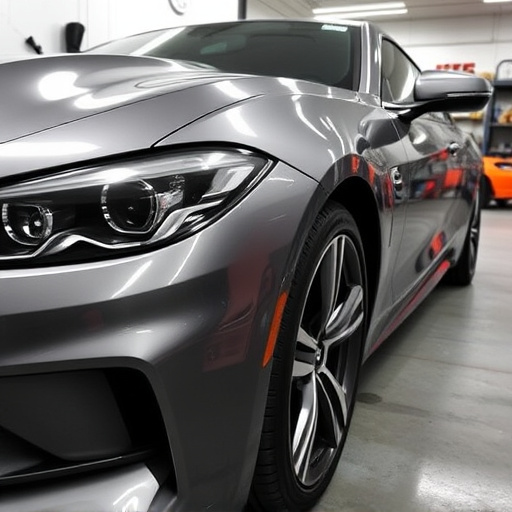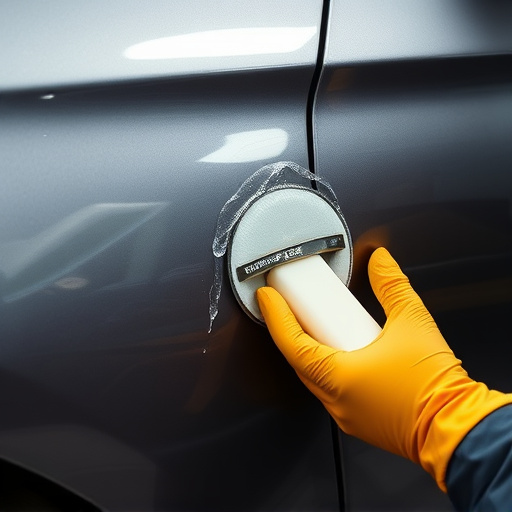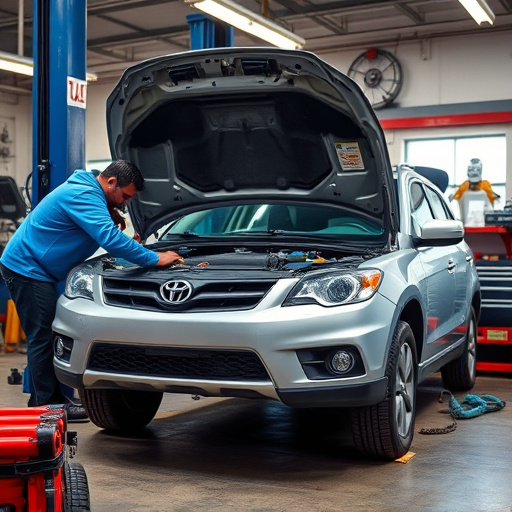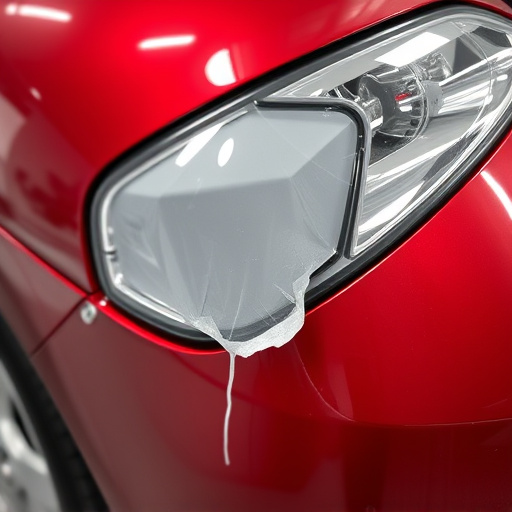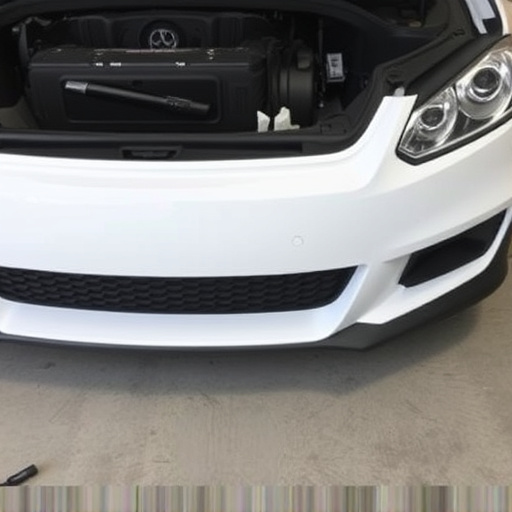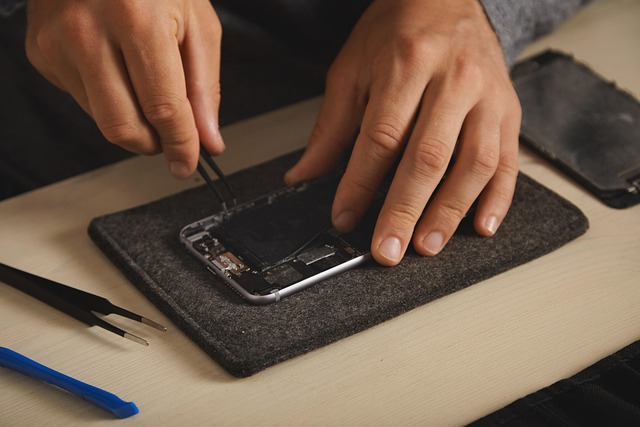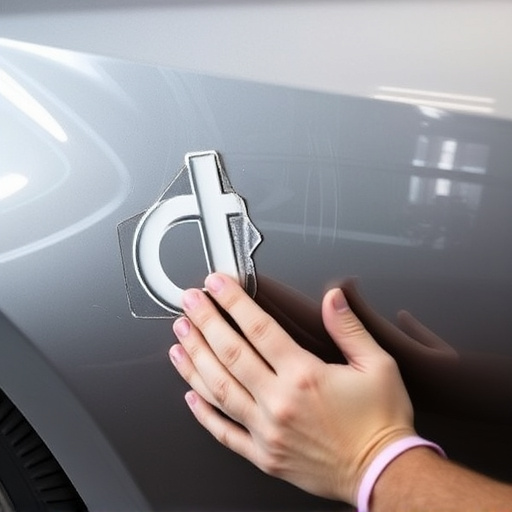A repair quality inspection for electric and hybrid vehicles involves a meticulous visual examination and advanced diagnostic tools to detect hidden issues in complex systems, ensuring safety, performance, and reliability. This process includes detailed checks of electrical systems, batteries, tires, and brakes, with specialized equipment for high-voltage systems and moisture sealing in EVs. The growing market drives auto repair facilities to adopt best practices like advanced tools, technician training, digital documentation, AI integration for efficiency, and eco-friendly restoration techniques to meet regulatory standards.
In today’s advanced automotive landscape, repair quality inspection for electric and hybrid vehicles is paramount. These complex systems demand meticulous scrutiny due to their innovative technology and unique components. This article delves into the crucial importance of thorough repair quality inspections, outlining key components and procedures essential for comprehensive assessments. We explore best practices and future trends shaping the industry, ensuring optimal vehicle performance and safety.
- Understanding the Importance of Repair Quality Inspection
- Key Components and Procedures for Comprehensive Inspection
- Best Practices and Future Trends in Electric and Hybrid Vehicle Inspection
Understanding the Importance of Repair Quality Inspection
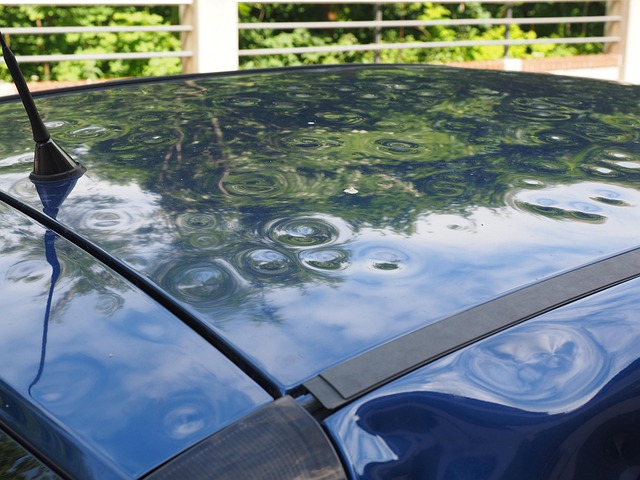
In the realm of automotive maintenance, particularly for electric and hybrid vehicles, repair quality inspection stands as a cornerstone of safety and performance. This meticulous process involves a comprehensive evaluation of various components, from intricate electrical systems to precision mechanical parts. It’s not just about identifying damage; it’s a critical step in ensuring that every fixed vehicle meets the highest standards of functionality and reliability.
A rigorous repair quality inspection goes beyond basic visual assessments. It encompasses advanced diagnostic tools to uncover hidden issues, especially in complex hybrid systems. Skilled technicians carefully examine each aspect of the vehicle, including car repair services, collision repair services, and meticulous vehicle paint repair. This thorough approach not only guarantees the safety of drivers and passengers but also optimizes the overall performance of electric and hybrid vehicles, ensuring they operate at their peak efficiency for years to come.
Key Components and Procedures for Comprehensive Inspection
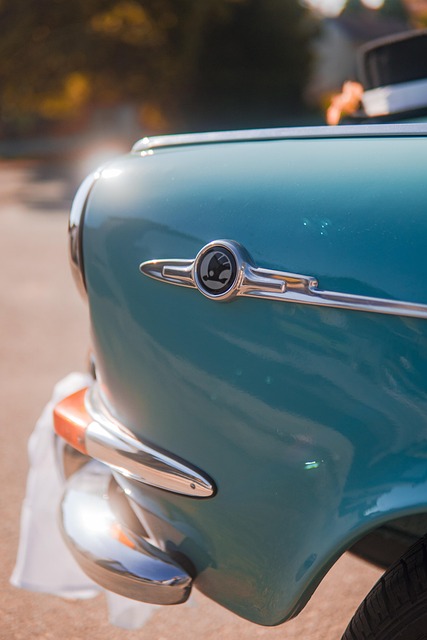
A comprehensive repair quality inspection for electric and hybrid vehicles involves meticulous evaluation of various critical components to ensure optimal performance and safety. The process begins with a thorough visual examination, identifying any visible damage such as dents or scratches, which may have occurred during auto collision events. This initial step is crucial in determining the extent of the repair needed, especially when considering complex systems unique to electric vehicles (EVs) and hybrids.
Subsequent procedures include detailed checks of the vehicle’s electrical systems, battery components, tires, and brakes. For EVs, inspecting the high-voltage system and ensuring proper sealing against moisture is essential. This may involve specialized equipment to test for any leaks or damage to the intricate wiring. In addition to these core assessments, services like dent removal and tire replacements are often integral parts of the repair process, enhancing both the vehicle’s aesthetic appeal and overall functionality at reputable auto collision centers.
Best Practices and Future Trends in Electric and Hybrid Vehicle Inspection
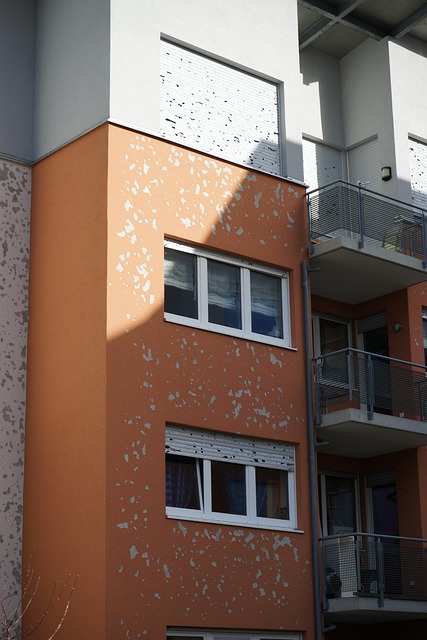
As the electric and hybrid vehicle market continues to grow, so does the need for efficient and effective repair quality inspection processes. To stay ahead in this evolving landscape, auto repair facilities are adopting best practices that emphasize precision, speed, and environmental sustainability. These include implementing advanced diagnostic tools to quickly identify issues, utilizing specialized training for technicians to handle unique electrical systems, and incorporating digital documentation for seamless record-keeping.
Looking towards the future, the trend of integrating AI and machine learning algorithms into inspection routines is gaining traction. These technologies can analyze complex data sets from vehicle sensors, predict potential failures, and even assist in auto frame repair and car paint repair processes. Furthermore, as environmental regulations tighten, eco-friendly restoration techniques, such as those used in auto body restoration, will become increasingly important. This shift not only ensures compliance but also reduces waste and energy consumption, setting a new standard for the industry.
The evolution of electric and hybrid vehicles necessitates a meticulous approach to repair quality inspection. By implementing comprehensive procedures and best practices, service centers can ensure these advanced vehicles are safely restored to optimal condition. Staying abreast of future trends in vehicle technology will further enhance the accuracy and efficiency of repair quality inspections, fostering consumer confidence in these innovative transportation solutions.
